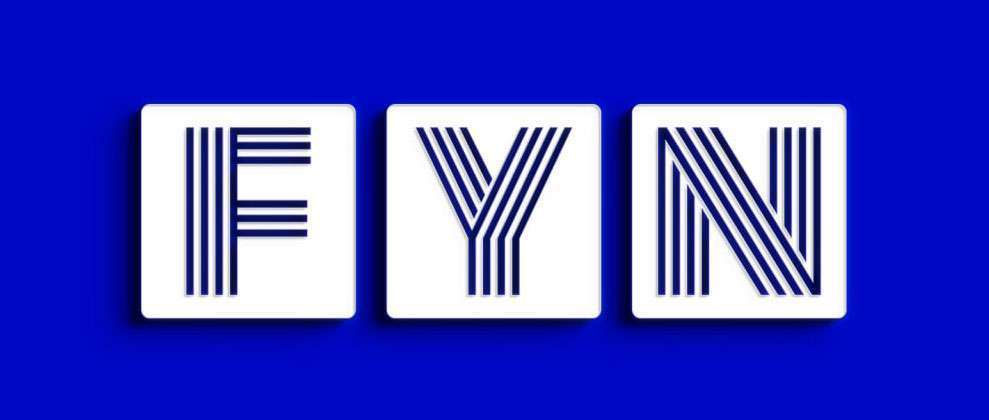PHNOM PENH: Monday, 8th of April 2019 and the management with colleagues was organized Khmer traditional dance called “Robam Trot – របាំ ត្រុត” at Himawari Hotel Apartments. The purpose to have beautiful dance to welcome Khmer New Year and specially blessing and bring lucky to guests stay in hotel, colleagues, management and a hold family.
 The histories of Trot Dance “Robam Trot” is a popular Khmer folk dance presently performed during the Khmer New Year. If the Chinese have Dragon Dance, Cambodian has Robam Trot to ward off bad luck from the previous year and celebrate the coming of the New Year.
The histories of Trot Dance “Robam Trot” is a popular Khmer folk dance presently performed during the Khmer New Year. If the Chinese have Dragon Dance, Cambodian has Robam Trot to ward off bad luck from the previous year and celebrate the coming of the New Year.
 Trot Dance is a Khmer-Mon tradition practiced by the primitive Khmer such as the Samre, Suoy, and Por, including the people of Cambodian origin who live in Siem Reap, Pursat, Battambang, Srisaket, and Surin. During those ancient times, the dance is performed to protect the villagers from the bad luck that the wild animals are carrying with them when they go to the village.
Trot Dance is a Khmer-Mon tradition practiced by the primitive Khmer such as the Samre, Suoy, and Por, including the people of Cambodian origin who live in Siem Reap, Pursat, Battambang, Srisaket, and Surin. During those ancient times, the dance is performed to protect the villagers from the bad luck that the wild animals are carrying with them when they go to the village.
 The term Trot come from Sanskrit, which means “to end”, as the case, ending the previous year. During the Angor era, the people of Somrae, the descendants of the early settlers now living on the mountainous area of Kulean in Siem Reap, perform the dance for the King. It is a celebration of ending the year and bringing good luck and prosperity to the king for the new year. The dance also tells folktale of a hunter, who one day went to the forest to hunt but could not find animals in the forest. Thinking that the spirits in the forest are preventing him from hunting the animals, he decided to do an offering. Suddenly, a golden deer appears with golden furs and antlers made of precious stones. He shot the deer and upon retrieving, he saw how beautiful the deer was and thought of giving it to the king. The king was pleased by his gesture and he was granted a rank of the head in his village. With this, the hunter created a dance as an offering to the forest spirits who brought him this fortune.
The term Trot come from Sanskrit, which means “to end”, as the case, ending the previous year. During the Angor era, the people of Somrae, the descendants of the early settlers now living on the mountainous area of Kulean in Siem Reap, perform the dance for the King. It is a celebration of ending the year and bringing good luck and prosperity to the king for the new year. The dance also tells folktale of a hunter, who one day went to the forest to hunt but could not find animals in the forest. Thinking that the spirits in the forest are preventing him from hunting the animals, he decided to do an offering. Suddenly, a golden deer appears with golden furs and antlers made of precious stones. He shot the deer and upon retrieving, he saw how beautiful the deer was and thought of giving it to the king. The king was pleased by his gesture and he was granted a rank of the head in his village. With this, the hunter created a dance as an offering to the forest spirits who brought him this fortune.

Dr. Michel Tranet’s documents mentioned that the first symbol of Trot dancing is the presence of dancers holding curved sticks resembling a ploughshare with small bells or peacock’s feathers tied at the end of the curved sticks used for the lyrics of the entire performance. The second symbol is a couple of dancers performing as wild oxen flirting with each other, wearing the horn of the wild oxen on their heads. Symbolically, both dancers represent to the oxen, chased by the hunter. The third one indicates the sacredness of this dancing, displaying a jungle man with a black face and the head covered by leaves and flowers, and acting as a dryad to preserve the hunters in the forest. It is a typical animistic celebration, based on the opposition between good and evil. Another sacred source is the belief in the ancestors’ spirit, represented as a deer or a peacock, reflecting the religious solidarity of the Khmer people. Traditionally, the dance is performed to pray for the rain during the drought. But, at present, it gives a festive mood during Khmer New Year and an offering for good luck and prosperous new year.
 Reference:
Reference:
Website www.intocambodia.com Trot Dance and posted by IntoCambodia Team on 12 November 2017.
– Vansok, C (2011, March-April). Chasing the bad luck away with Khmer Trot Dance. Cambodia Tourism Magazine, Issue 07, Volume 02, 42-43
– MCFA & UNESCO (2004). Inventory of Intangible Cultural Heritage of Cambodia: A joint publication of the Ministry of Culture and Fine Arts and UNESCO. Cambodia: JSRC Printing House.
Photo by: Supplied by Himawari Hotel Apartments









